10 Common Household Pests : When to Call a Professional
Dealing with common household pests is an inevitable challenge for most homeowners. These unwanted guests can cause significant damage to your property, affect your health, and disrupt your peace of mind. While some infestations can be managed with simple DIY methods, others require the expertise of a professional pest control service. This blog post will guide you through identifying common household pests, recognizing the signs of an infestation, understanding the health risks involved, and knowing when it’s time to call in the professionals. Call Martin’s Pest Control. We are the right pest control service to effectively handle your pest problems.
Identifying Common Household Pests
Understanding which common household pests are most likely to invade your home is the first step in tackling any infestation. Common household pests include:
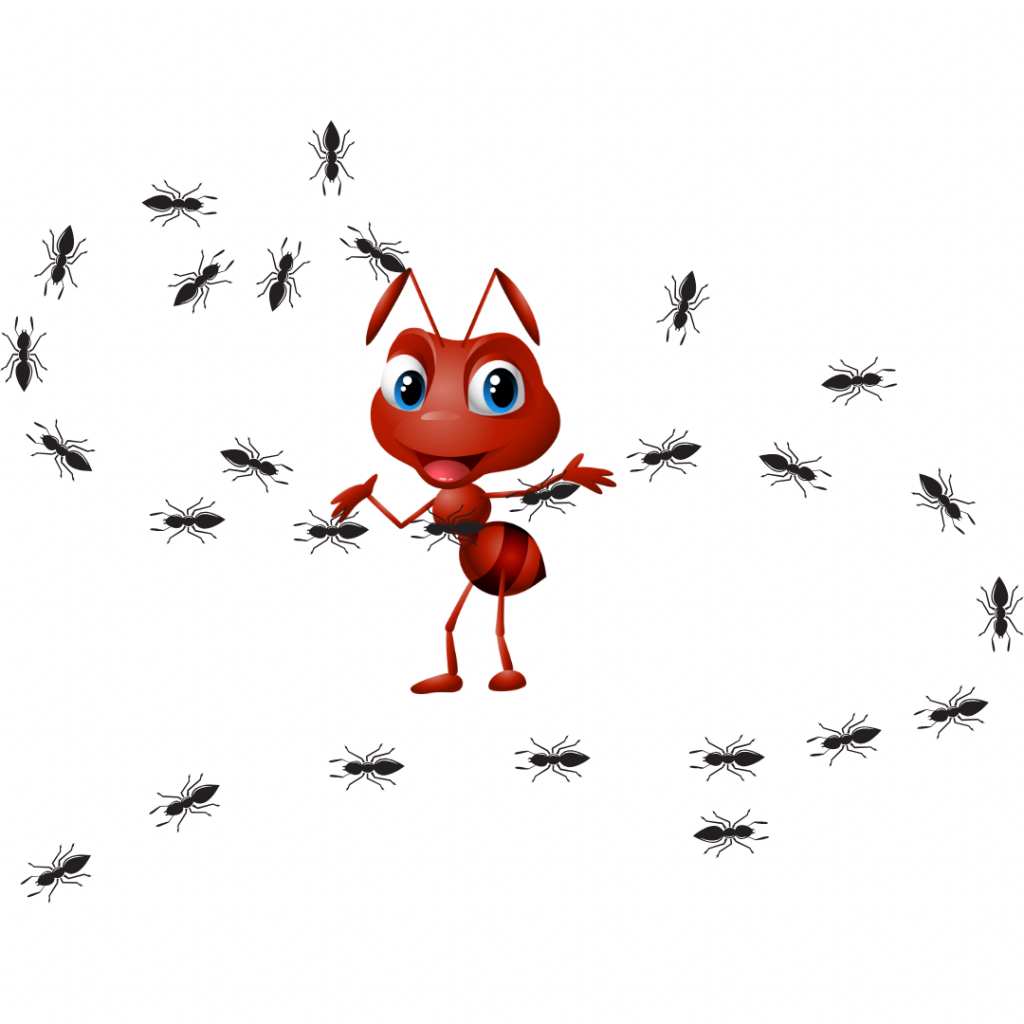
1. Ants: Often found in kitchens or areas where food is present. Ants march into homes in search of food, water and are drawn to sugary substances. Their numbers can grow quickly, making them a persistent nuisance.
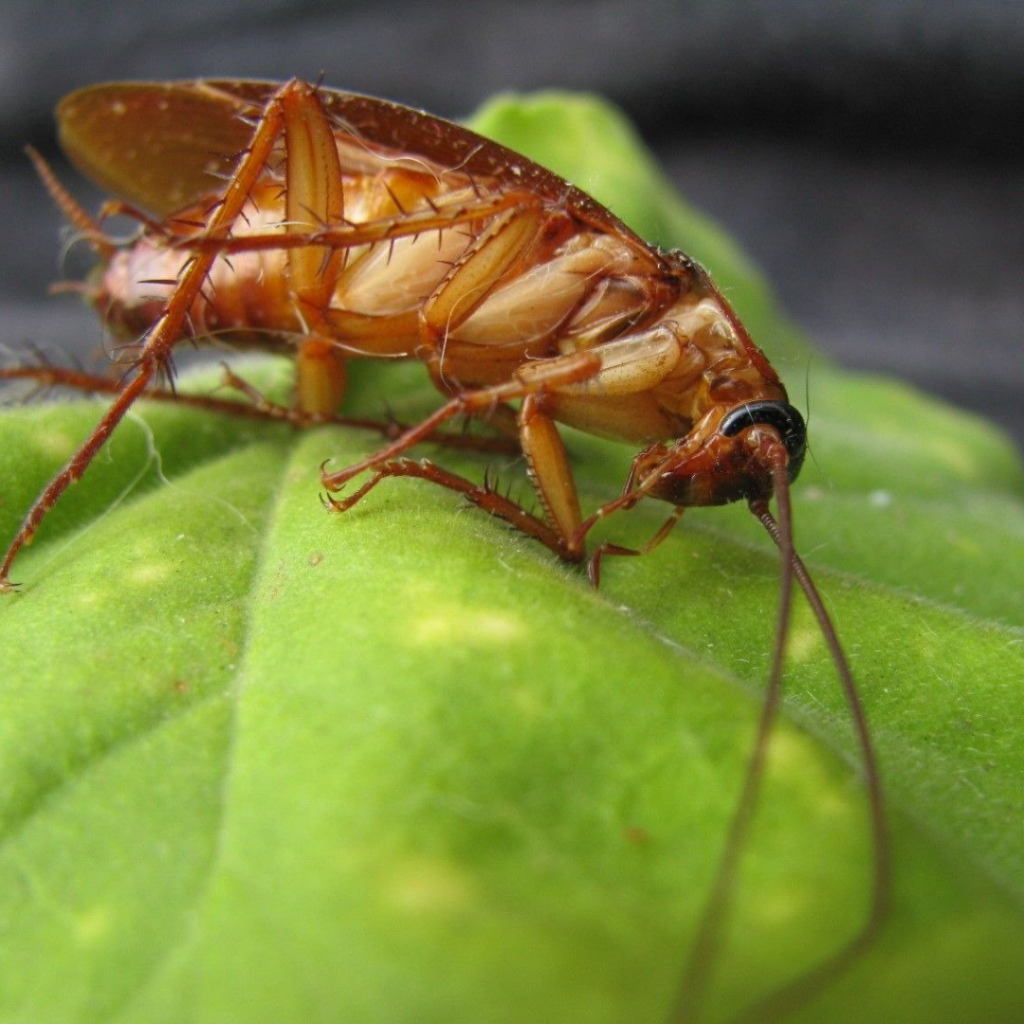
2. Cockroaches: These resilient pests thrive in warm, moist environments like kitchens and bathrooms. They can carry diseases and trigger allergies making them particularly problematic.

3. Rodents (Rats and Mice): Known for their ability to chew through almost anything. They are drawn to homes that have debris, clutter or trash. Rodents cause structural damage and spread diseases through their droppings and urine.
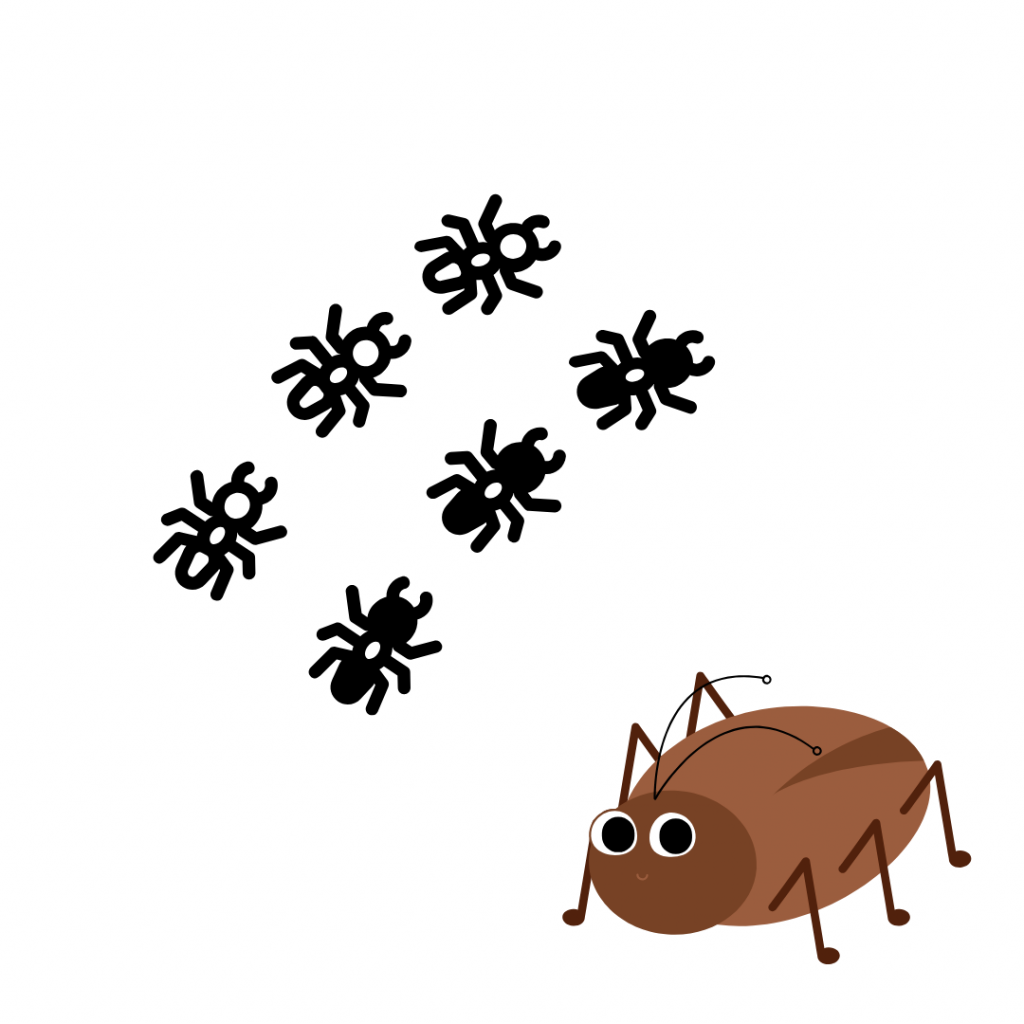
4. Termites: Termites feed on wood and can cause severe structural damage. Often referred to as “silent destroyers,” they work discreetly, making early detection crucial.
5. Bed Bugs: These tiny insects feed on human blood and often leave itchy bites and small blood stains on bedding. They are notorious for their ability to hide in the tiniest of places making them difficult to detect and eliminate without professional help.
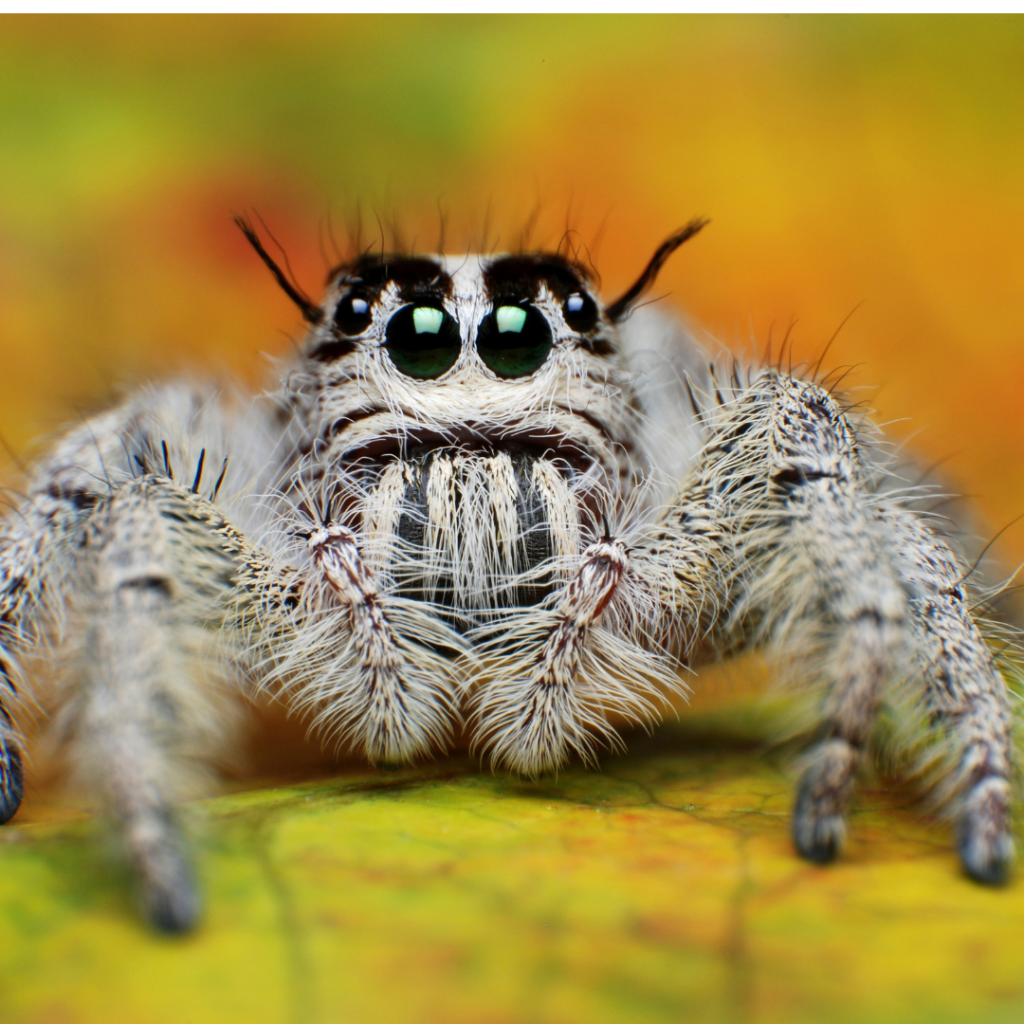
6. Spiders: While most spiders are harmless, some species can be venomous and pose a risk to humans. They are drawn to food and shelter and often found in dark undisturbed areas.
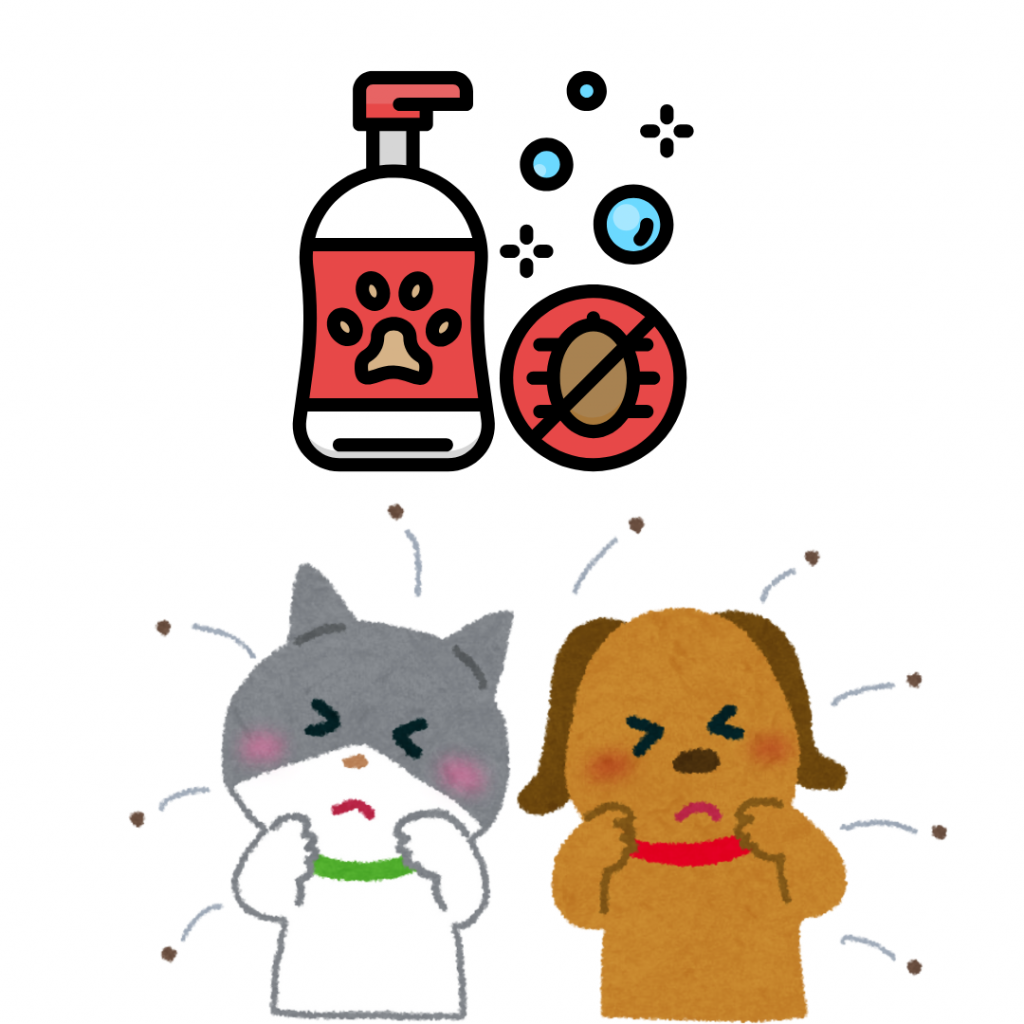
7. Fleas and Ticks: Commonly brought into homes by pets, these parasites can spread diseases and cause discomfort with their bites. Fleas can quickly infest your living spaces, while ticks are often found in grassy or wooded areas.
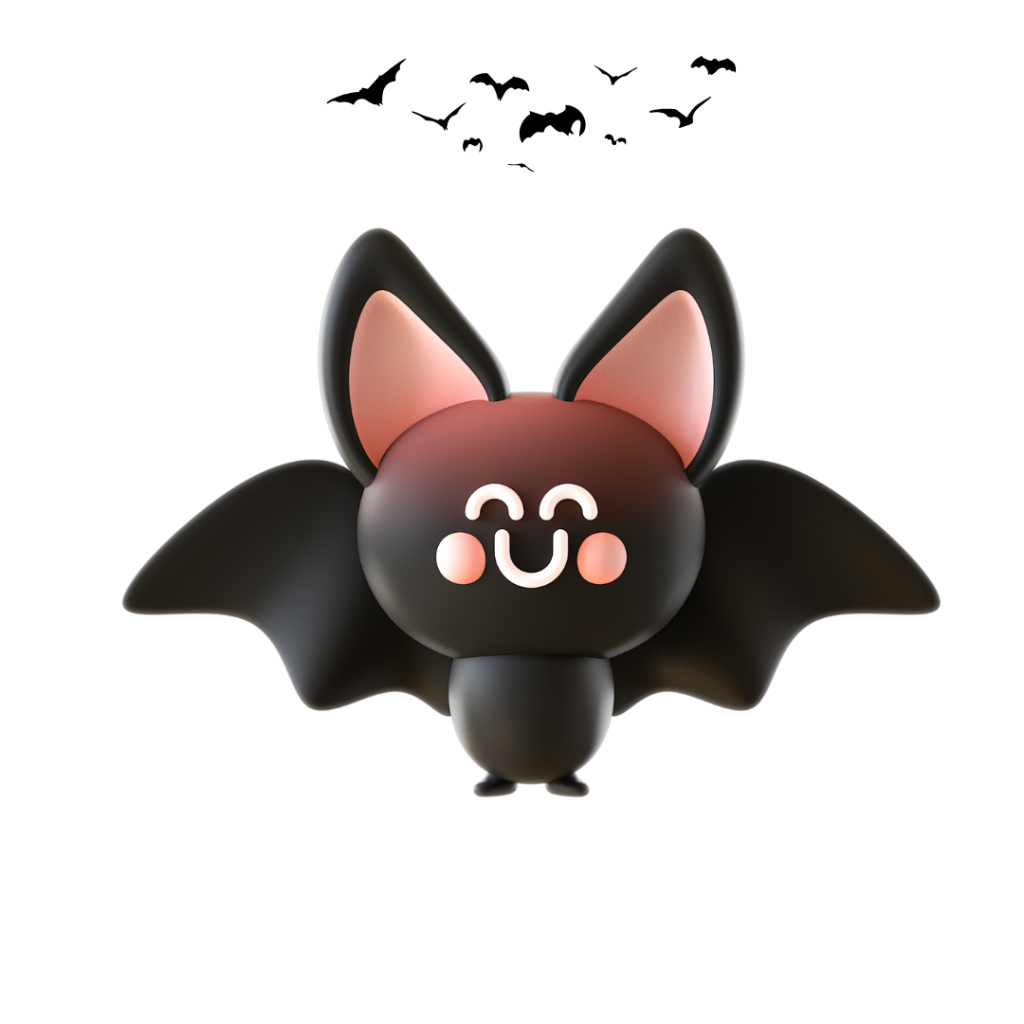
8. Bats: Although beneficial for controlling insect populations they can become a nuisance and pose health risks like rabies and can cause structural damage.
9. Beetles: Can damage fabrics and contaminate stored food.
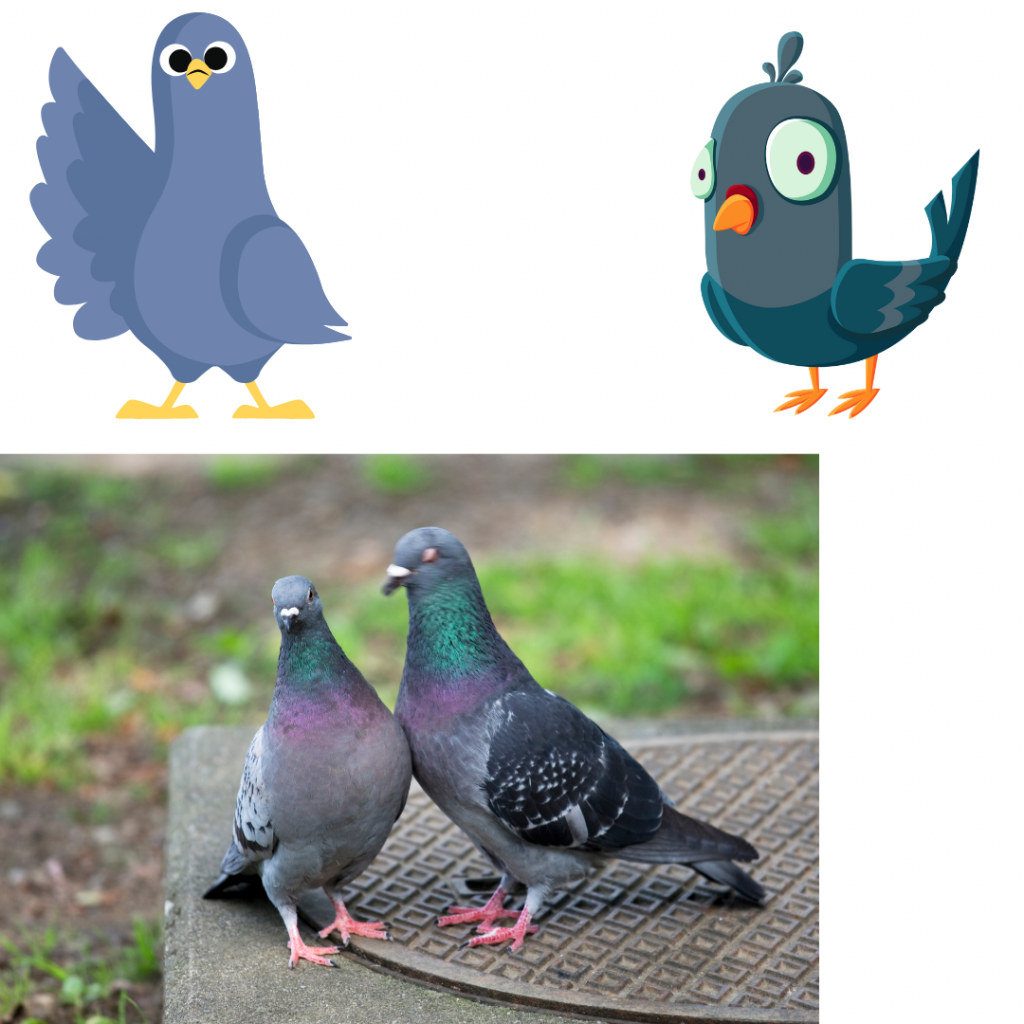
10. Pigeons: Can be particularly troublesome when they decide to roost on your property. They are drawn to areas that provide easy access to food and shelter. Their droppings can damage buildings and create unsanitary conditions.
By familiarizing yourself with these common household pests you can take preventive measures to keep them from invading your home.
Signs of an Infestation
Spotting an infestation early can save you time, money, and stress. Here are some telltale signs:

1. Droppings: Finding small droppings in cupboards, drawers, or corners can indicate the presence of rodents and cockroaches. Droppings found on outside on balcony and/or decks can indicate bats or pigeons.

2. Chew Marks: Rodents often leave gnaw marks on wires, wood, insulation and food packaging.
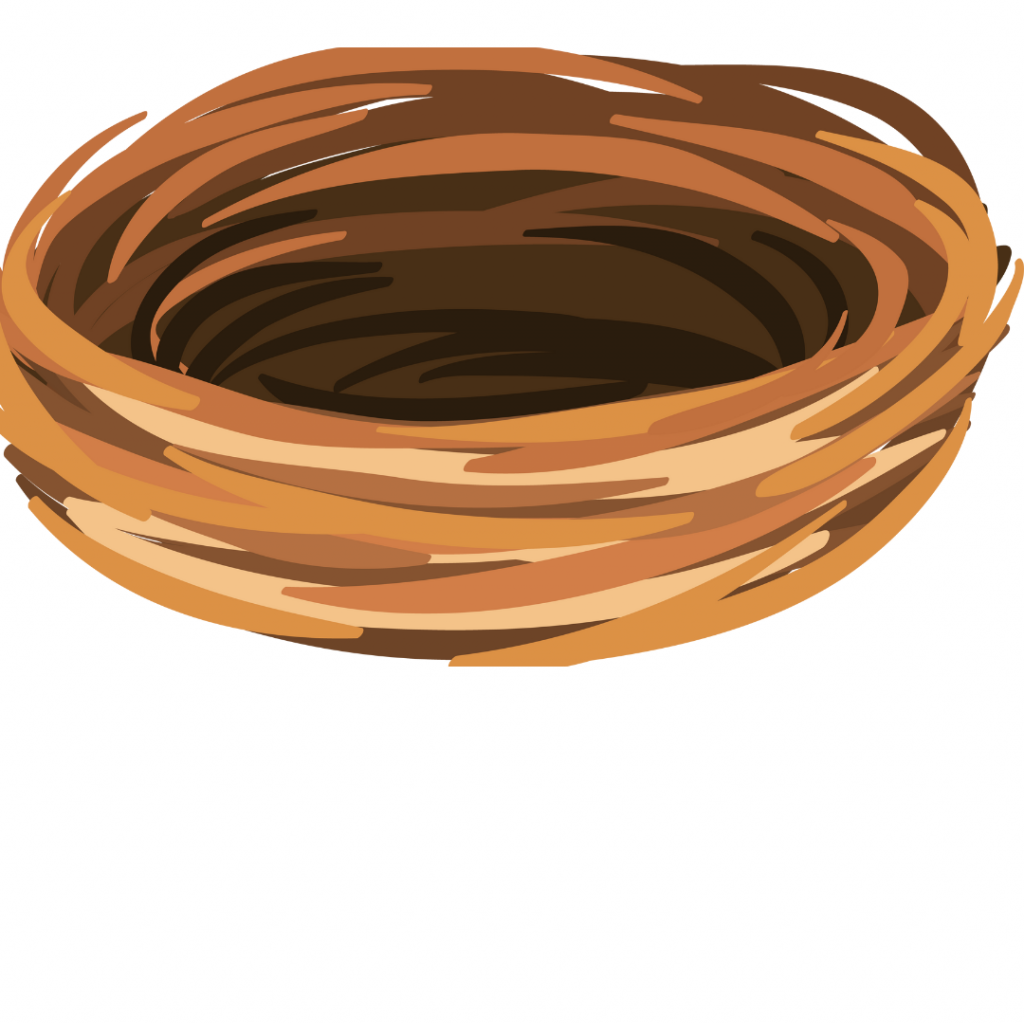
3. Nests: Some pests, like rodents and insects, may build nests in hidden areas of your home, such as behind walls or in attics.

4. Structural Damage: Termites can cause visible damage to wooden structures, such as hollow-sounding wood or visible tunnels.
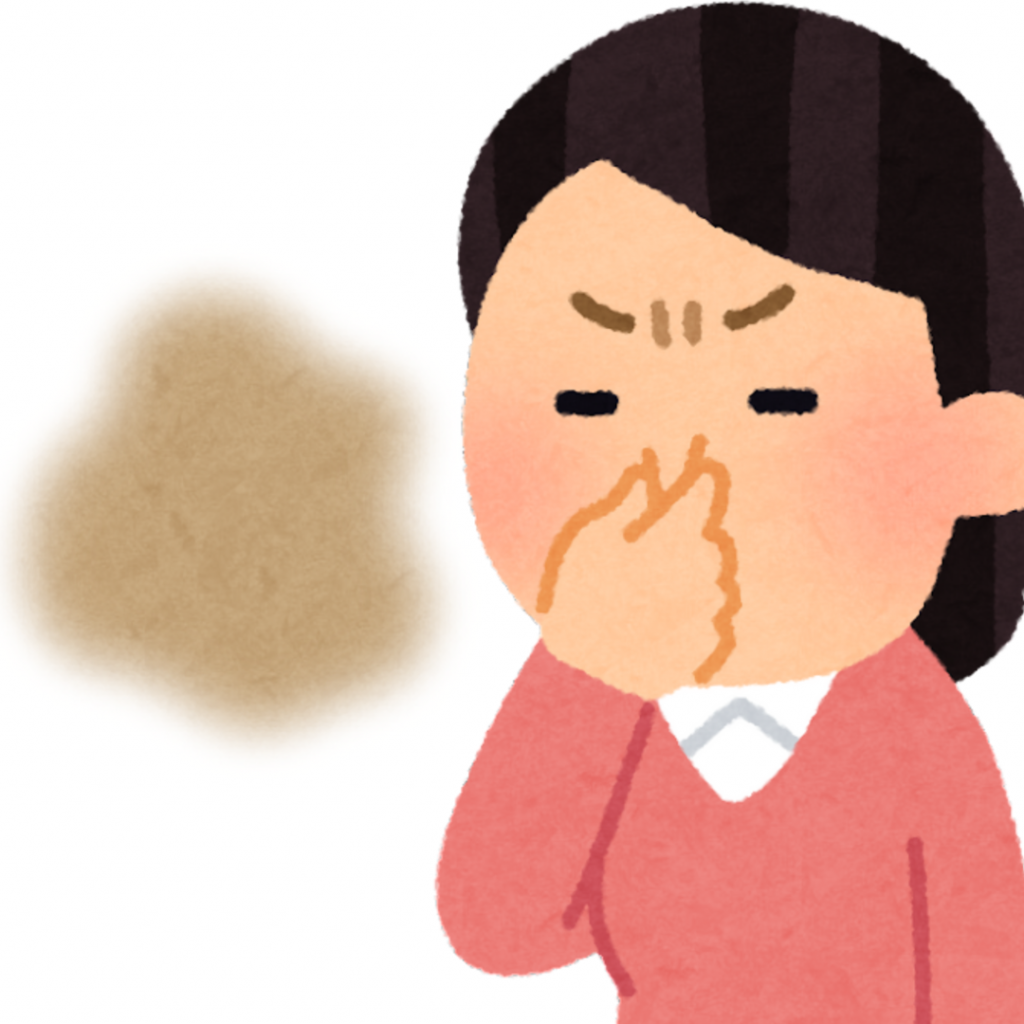
5. Odd Smells: A musty or oily odor can be a sign of pests like cockroaches or rodents.
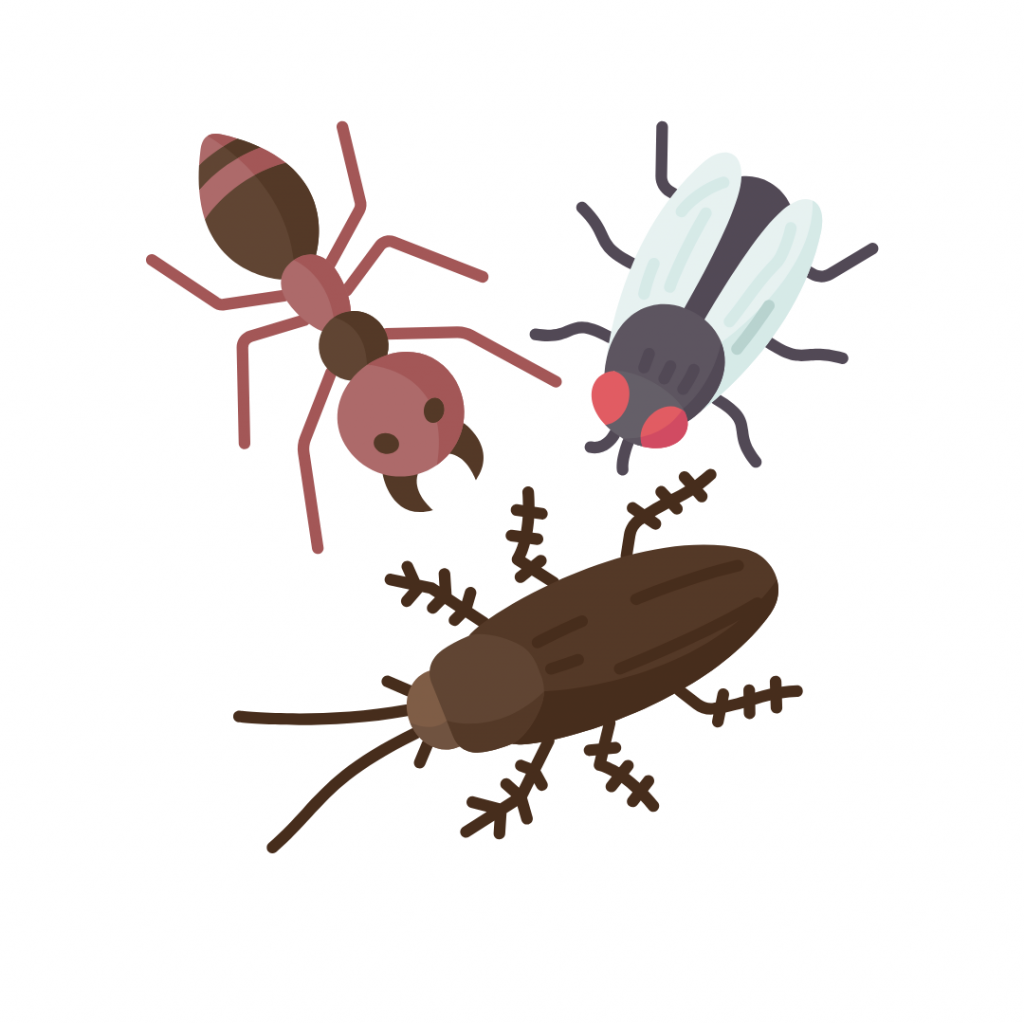
6. Insect Sightings: Frequent sightings of live or dead insects, especially during the day, can signal a problem.
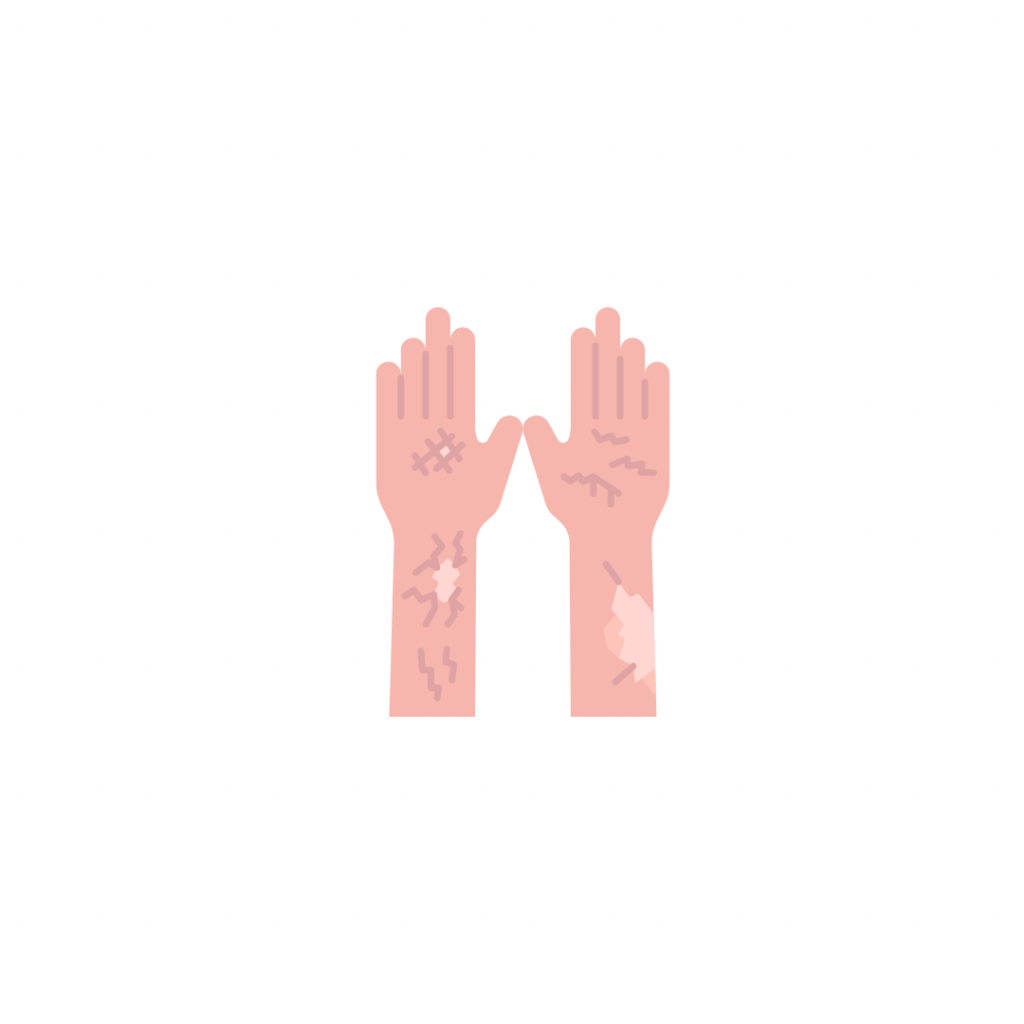
7. Skin Irritations: Bed bugs and fleas often leave itchy bites on the skin, which can be a sign of their presence.
Health Risks Associated with Household Pests
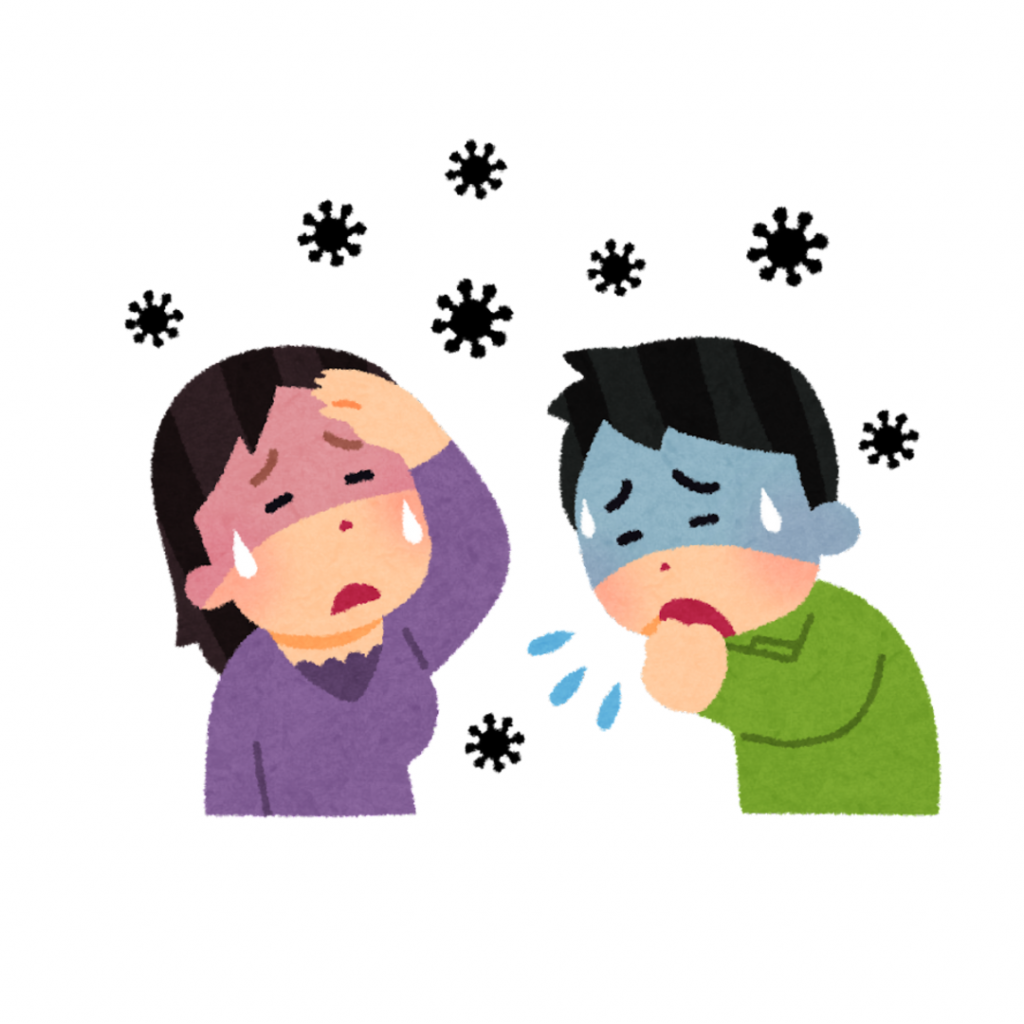
Common household pests are more than just a nuisance; they can pose serious health risks. Cockroaches, dust mites, and rodents can trigger allergic reactions and asthma attacks in sensitive individuals. Rodents and cockroaches can spread diseases such as salmonella, hantavirus, and leptospirosis through their droppings and urine. Bed bugs, fleas, and certain spiders can bite humans, causing irritation, itching, and sometimes more severe reactions. Pests like rodents and cockroaches can contaminate food sources, leading to foodborne illnesses. Certain spiders and insects possess venom that can cause serious health issues if bitten or stung. Understanding these risks underscores the importance of addressing pest problems promptly and effectively.
DIY Methods for Pest Control
For minor infestations, several DIY methods can help manage the situation effectively:
1. Cleanliness: Maintaining a clean home is crucial in deterring pests. Regularly vacuum, sweep, and wipe down surfaces to eliminate food debris, crumbs and spills that can attract insects and rodents.
2. Sealing Entry Points: Inspect your home for cracks, gaps, and holes in walls, windows, and doors. Use caulk or weatherstripping to seal these entry points and prevent pests from entering.
3. Natural Remedies: Certain natural substances can act as pest deterrents. For example, peppermint oil can repel spiders, while diatomaceous earth is effective against ants and cockroaches. These solutions are often safer for homes with children and pets.
4. Traps and Baits: Set up traps for rodents or use bait stations for ants and cockroaches. Snap traps, glue traps, and electronic traps can be effective for catching rodents. Ant and cockroach baits attract the pests and contain poison that they carry back to their nests, effectively reducing their population.
5. Proper Food Storage: Store food in airtight containers to minimize the chances of attracting pests. Ensure that pantry items, pet food, and garbage are properly sealed.
6. Moisture Control: Many pests, including cockroaches and termites, thrive in moist environments. Fix leaky faucets, pipes, and drains, and use dehumidifiers in damp areas like basements and bathrooms to reduce moisture levels.
7. Regular Yard Maintenance: Keep your yard well-maintained by trimming shrubs, mowing the lawn, and removing debris. This can reduce the likelihood of pests finding a habitat close to your home and subsequently entering it.
8. Routine Inspections: Periodically inspect your home for signs of pest activity. Check behind appliances, in basements, and in attics for droppings, nests, or other indicators of pests.
Implementing these DIY methods can help manage minor pest problems and prevent future infestations.
When to Call a Professional
Not Effective DIY Methods: Sometimes DIY methods aren’t enough to handle a common household pest infestation effectively. If you notice that your efforts aren’t making a significant dent in the problem it’s time to bring in a professional, Martin’s Pest Control.
Severe Infestations: Severe infestations are an important sign that you need professional help. Large numbers of pests, extensive droppings, or significant structural damage are indicators that the situation is beyond the scope of DIY methods. Professionals have specialized tools and treatments that are more effective at eliminating large-scale infestations.
Health Concerns: Health concerns are another critical reason to call in the experts such as Martin’s Pest Control. If you or your family members are experiencing symptoms like allergic reactions, respiratory issues, or other health problems that could be linked to pests and professional intervention is essential. Certain common household pests, such as rodents and cockroaches, can spread diseases that pose serious health risks.
Dangerous Pests: Encountering potentially dangerous pests is another situation where professional help is advisable. Venomous spiders, aggressive rodents, or other harmful pests should be handled by experts who know how to safely remove them. Attempting to deal with these pests on your own can be risky and potentially harmful.
Time Constraints: Time constraints can also necessitate professional pest control services. If your busy schedule doesn’t allow you to effectively manage the infestation, hiring Martin’s Pest Control can save you time and effort. Our knowledgeable staff can quickly identify the source of the problem and implement an effective treatment plan, providing you with peace of mind.
Choosing to call a professional doesn’t just solve the immediate problem it also helps prevent future infestations. At Martin’s Pest Control we can offer advice on preventive measures and provide follow-up services to ensure that the pests don’t return. With our expertise you can maintain a pest-free home and safeguard your health and property.